
GUEST BLOGGER S. K. WENGER
How modeling spurs inquiry
I love science investigations that seem downright odd. Sticking a bathroom plunger on the butt of a chicken sits at the top of my list in experiments that begged for a second look. This modeling investigation also earned its researcher the 2015 Ig Noble Prize — not the real one mind you, but an award just the same for providing thought-provoking research that makes us laugh, then think.
Similarly, Chicken Frank, Dinosaur! shares information about the evolutionary link between birds and dinosaurs in a humorous way. After reading this book with your students and reviewing the educator guide of “Tails, Tailbones, and Tail Feathers, What’s the Difference?” with them, lead the Tails versus Tail Feathers modeling activity below to provide an investigation of how structure can affect function, such as the loss of the tail in evolution of birds from therapod dinosaurs.
The why
If birds evolved from therapod dinosaurs, then how did the loss of an extended tail affect the form and function of the animal that evolved (i.e., birds)? How can ideas of cause and effect be tested? Modeled? How can observations be communicated?
The goal
This lesson will allow students to “plunge” into understanding concepts of body design in the context of evolutionary adaptation and then write a summary of their learning.
NGSS for K-3:
- K-2ETS1 Engineering Design
- 1-LS3 Heredity: Inheritance & Variation of Traits
- 2-LS2 Ecosystems: Interactions, Energy, & Dynamics
- 3-LS4 Biological Evolution: Unity & Diversity
- Cross-Cutting Concepts for Structure & Function (2-LS2-2) and Cause & Effect (3-LS4-2, 3-LS4-3)
Tails vs. tail feathers modeling activity
Materials
- Chicken Frank, Dinosaur! (Albert Whitman 2021
- Educator guide: “Tails, Tailbones, & Tail Feathers, What’s the Difference?” (pictured below)
- Summary Writing Guide (below)
- Reference article: Did losing their tails make birds cock ‘o the walk?
- White paper plates
- Construction paper
- Glue/scotch tape
- Scissors
- Craft feathers
- Craft pipe cleaners
- Rulers
- 1 hand-weight for demo (5-8 lbs; a textbook will work, too)
Engage
After reading Chicken Frank, Dinosaur! show the video of the chicken-plunger investigation. Prompt students to observe the chicken’s posture and locomotion with the plunger and without. Ask them to think of these observations in terms of body design, evolutionary design, and function. How would distribution of body weight compare with a long, heavy tail versus lightweight tail feathers?
Connect
Ask students to think about their own walk and posture. Where is their center of mass located? How does it shift with changes in posture?
To help students feel the connection between posture and mass, ask them (or one volunteer) to stand up and bend forward to touch their toes. Ask them to observe how their weight shifts during this movement. Then ask students to TRY to repeat this movement when standing with their heels against a wall. What happens? How are they trying to counter-balance the forward-fall? If they shift their feet forward, why is it easier? Next, have one student hang a heavy textbook or hand weight from the back of their waist with a rope. What is different when they lean forward? (They’ll still fall forward, but not as forcefully).
Construct
Divide students into groups to design a dinosaur with a tail and a chicken/bird with tail feathers, giving them the instructions below.
- Fold paper plate in half. Observe how it balances when placed curved-side down on a desk.
- To make dinosaur tail, cut a 6×3-inch rectangle from construction paper, then cut it diagonally to make 2 equal triangles. Glue these at the tail position on the plate. Secure tail-triangles together with tape.
- For the chicken model, glue feathers in tail position, pointing upward as shown.
- Stand models at a ruler to observe the effect on balance as shown.
- Add head parts with triangles, folded rectangles, and hearts as shown.
- Ask students to consider how they want their animal posture to look. Upright? Leaning forward? Leaning back? Size and placement of the feet/legs will affect their design. Let students explore outcomes and make changes.
- Compare designs and discuss.
Note the effect of tail/tail feathers on balance and posture in the partial models below.
Communicate
For the summary, instruct students to follow the guide below to write about their design and the observed effect of the tail on posture and balance of their model. Ask them how modeling furthers scientific investigation.
Shaunda Wenger, writing as S. K. Wenger, is an author and awarded science educator who grew up among the mountains and lakes of New Hampshire and then found another beautiful backdrop in Utah to raise three children with her husband. With a master’s degree in science and numerous adventures in the outdoors Shaunda loves weaving tidbits of the natural world into her stories and feels extra sparkly when they pivot on humor. Chicken Frank, Dinosaur! is her debut picture book with illustrator Jojo Ensslin (Albert Whitman 2021). Her other published works include a literary cookbook, educational leveled readers, and poems and nonfiction in BabyBug and Cricket magazines. When not writing and teaching, Shaunda enjoys hiking, swimming, and gardening.
Connect with S. K. Wenger at:
- www.skwenger.com
- @SKWenger on Twitter
- @skwenger_books on Instagram
- SKWengerChildrensAuthor on Facebook


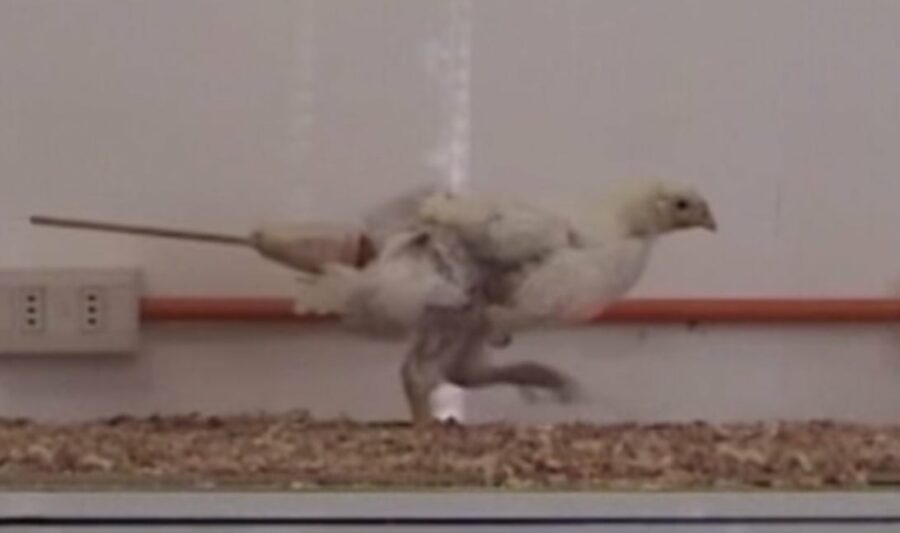
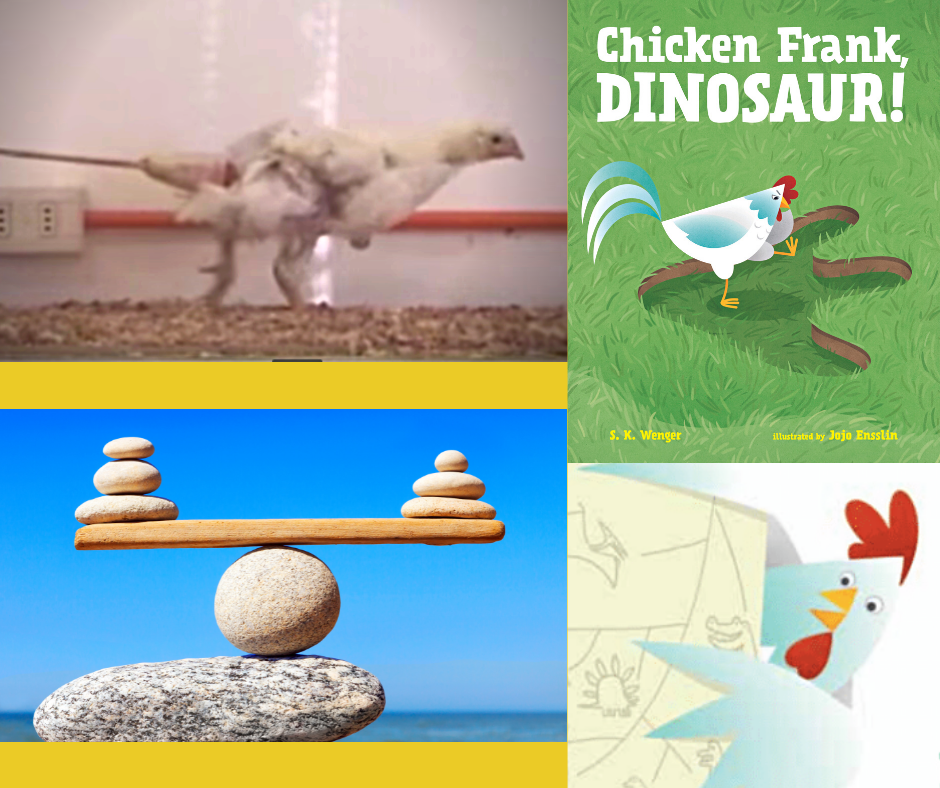

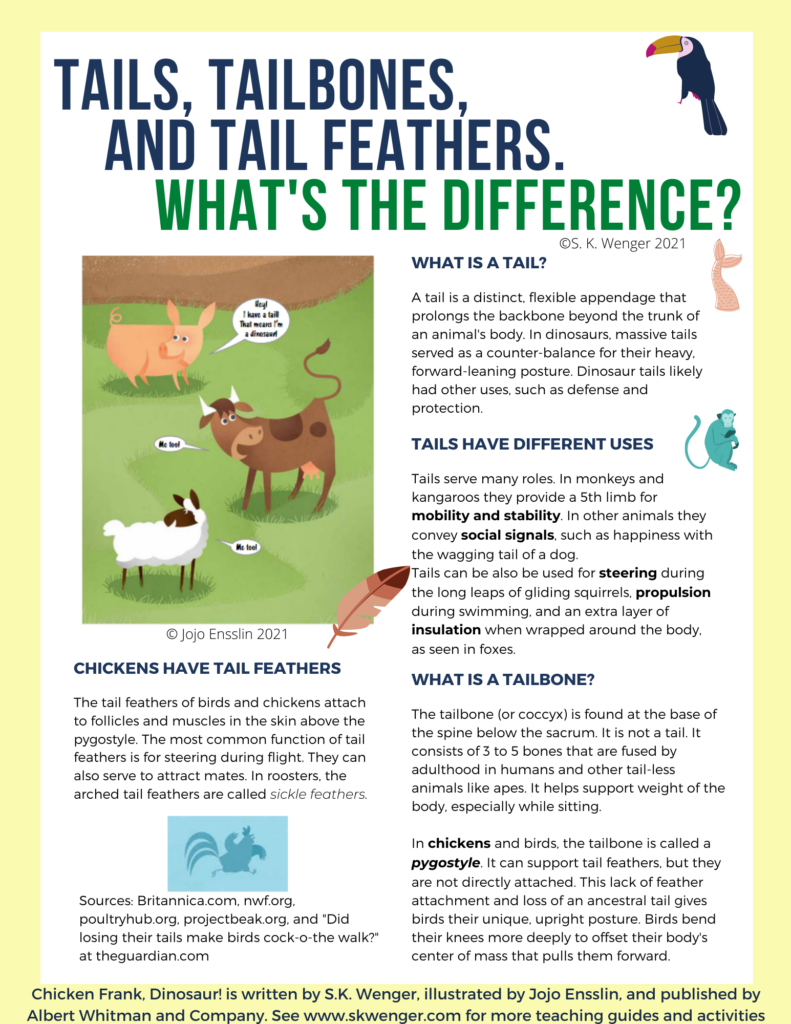
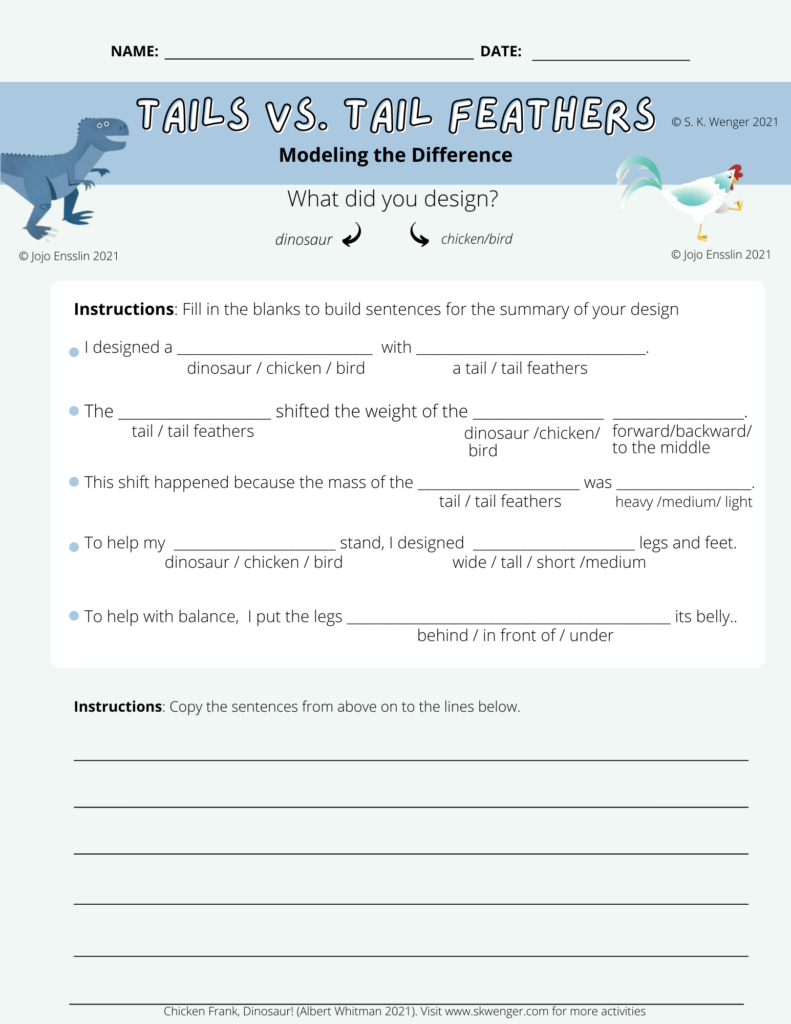

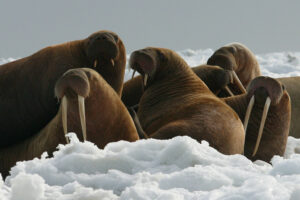

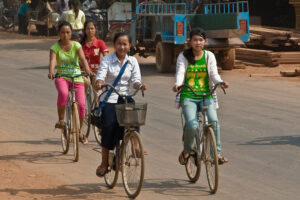


Leave a Reply
Your email is safe with me.